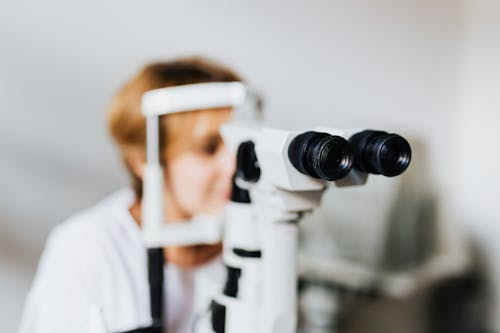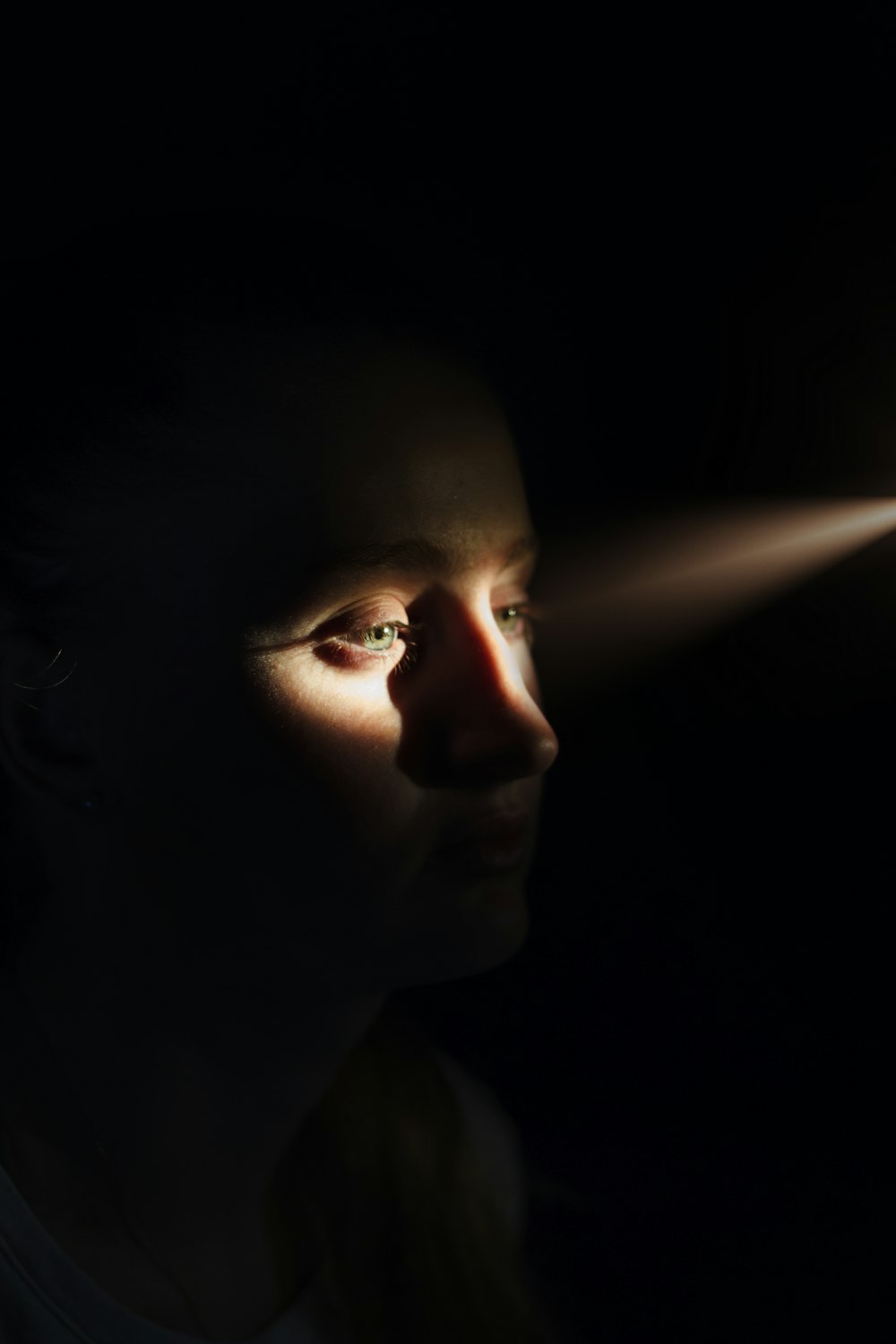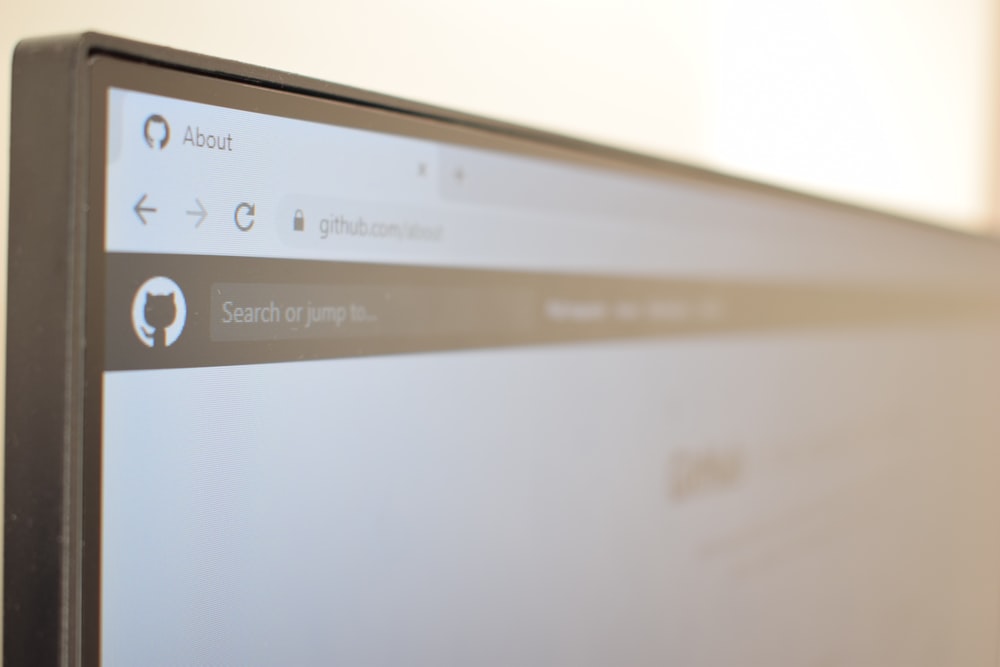Even before the days of working from home, I think a lot of us struggled with eye strain from our computers. Looking at any monitor for more than 7 hours a day would wreak havoc on our eyes.
But now, in this golden age of technology, we’re on screens more than ever. We're Zooming beloved family and friends who live overseas. Our shopping trips are almost always done through online shopping carts. We can even do a workout online! We are on our screens, big and small, almost the whole day.
No wonder our eyes are in bits! Specsavers notes the following as symptoms of computer eye strain:
- Eye discomfort
- Headaches
- Sore, tired, burning or itchy eyes
- Difficulty focusing
- Watery eyes
- Dry eyes
- Blurred or double vision
- Increased sensitivity to light
This condition can cause some serious discomfort and can also stop you from doing your job properly, if you are continuing to work from home. Usually, eye strain will go away once we give our eyes a chance to rest, but these days, screens are more than essential. There are some measures you can take to help combat this becoming an everyday problem.
Take breaks
It’s super important to regularly look away from the screen during your working day and let your eyes lose focus or focus on far away things. Look out the window at a distant tree or rooftop to allow the muscles in the eye to relax a little. If this is something that is difficult for you to remember, try setting an alarm every 40 minutes or so to remind you to take a break.
Get the light right
Eye strain can be exacerbated by having the incorrect lighting in your workspace. An extremely bright room, from either overhead lighting or direct sunlight can irritate your eyes. Reduce the light entering the room by investing in curtains and try to use lamps rather the full bright overhead lights, especially fluorescents, when working.
Check your computer settings
Do you ever get a shooting pain in your eyes after staring at the screen for too long? Does the bright light feel just a little too bright? There’s a setting in your computer for that. The Night Light setting helps to reduce the blue light in your computer’s screen. By turning the ‘temperature’ of the screen to a more orangey colour, you block the harmful and direct blue light. You can also turn down the actual brightness of your screen and increase the size of your text, both of which can help reduce eye strain and fatigue.
Have an eye test

Specsavers says: ‘Regular eye examinations are essential for clear, comfortable vision. But they also offer a broader health assessment – the optometrist checks the health of your eyes and looks for signs of other medical conditions. The Health and Safety (Display Screen Equipment) Regulations 1992 stipulate that employees using Visual Display Units (VDUs or computer monitors) should be provided with an eye examination, funded by their employer, when requested. When you have your test, let the optometrist know you use computers often.’
If eye strain is becoming a persistent and painful problem for you, it might be worthwhile checking in with your local optician!





